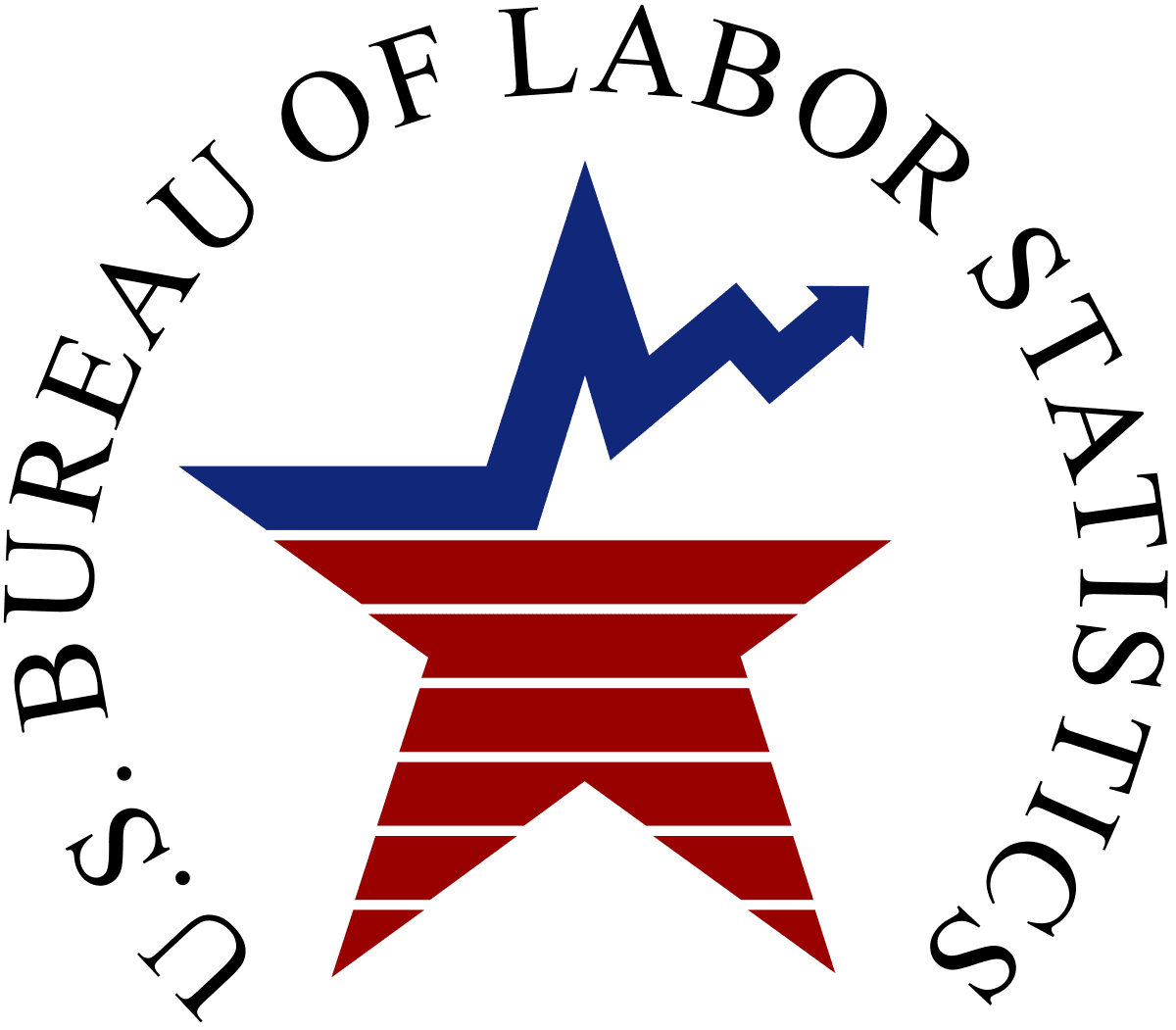Economy Gains 49,000 Jobs in January; Unemployment Down to 6.3%

The U.S. economy gained 49,000 jobs in January, and the unemployment rate fell to 6.3%, according to figures released Friday morning by the U.S. Bureau of Labor Statistics.
In response to the January job numbers, AFL-CIO Chief Economist William Spriggs tweeted:
Payroll employment was essentially flat in January, +49,000. The unemployment rate fell in the household survey from 6.7% to 6.3% on households reporting increases in employment @AFLCIO
— William E. Spriggs (@WSpriggs) February 5, 2021
In a reversal of December, in January women gained 87,000 payroll slots, while men lost 38,000. Two months of flat job gains, Congress needs to act now on @POTUS plan to get the virus under control. @AFLCIO
— William E. Spriggs (@WSpriggs) February 5, 2021
Local governments added payroll in education 49,400 but lost 13,300 in other areas, similarly among state government employment, up 36,100 but down elsewhere 5,700. Our state and local governments need help to get a strong public sector response to the virus. @AFLCIO
— William E. Spriggs (@WSpriggs) February 5, 2021
The number of long term unemployed increased in January from 3.96 million to 4.02 million, and their share of the unemployed increased from 37.1 to 39.5% These show it will be very hard to get the unemployment number down. We need help now to slow that growth. @AFLCIO
— William E. Spriggs (@WSpriggs) February 5, 2021
The stress of the labor market is most intense for women, single head of household, for whom the unemployment rate increased in January from 7.2 to 8.3% as the number unemployed increased 111,000 to 845,000. We need Congress to pass @POTUS plan now. @AFLCIO
— William E. Spriggs (@WSpriggs) February 5, 2021
In January the unemployment rate fell for Blacks from 9.9 to 9.2% but it remains higher than the unemployment rate for high school dropouts, which in January fell to 9.1%. The need for racial equity couldn’t be more obvious. @AFLCIO @rolandsmartin @APRI_National @CBTU72
— William E. Spriggs (@WSpriggs) February 5, 2021
Our inability to control the virus has halted job recovery in the lowest paid (moving down the chart) service sectors of the economy, leisure & hospitality and retail losing (moving left on the graph) the most jobs. The outlier for job gains were temporary help services. @AFLCIO pic.twitter.com/JHjfSFMkbe
— William E. Spriggs (@WSpriggs) February 5, 2021
The labor force flow data, from December to January, shows worker optimism: those unemployed in December were more likely to find work than to leave the labor force; those not in the labor force were more likely to find jobs than be unemployed when they reentered. 1/3 pic.twitter.com/bdC18F4AsV
— William E. Spriggs (@WSpriggs) February 5, 2021
The problem in the labor market is a shortage of jobs, and the affect of virus on keeping people out of the labor force. The household supplemental questions show that the virus is keeping a disproportionate share of Black and Hispanic workers out. 2/3 https://t.co/AygZ0odeCW
— William E. Spriggs (@WSpriggs) February 5, 2021
These all indicate how urgent it is to pass @POTUS plan to address the virus. Republicans don’t want it passed in reconciliation because that would only require a majority of the Senate. We don’t have time for Republican Senators to finally grasp the situation.
— William E. Spriggs (@WSpriggs) February 5, 2021
Last month’s biggest job gains were in professional and business services (+97,000), local government education (+49,000), state government education (+36,000), private education (+34,000), wholesale trade (+14,000) and mining (+9,000). The biggest losses were in leisure and hospitality (-61,000), retail trade (-38,000), health care (-30,000), transportation and warehousing (-28,000), manufacturing (-10,000) and construction (-3,000). Employment in other major industries, including information, financial activities and other services, showed little change in January.
In January, the unemployment rates decreased for teenagers (14.8%), Black Americans (9.2%), Hispanics (8.6%), adult men (6.0%), adult women (6.0%) and White Americans (5.7%). The unemployment rate for Asians (6.6%) rose slightly.
The number of long-term unemployed workers (those jobless for 27 weeks or more) barely changed in January and accounted for 39.5% of the total unemployed.
Kenneth Quinnell
Fri, 02/05/2021 – 16:39
